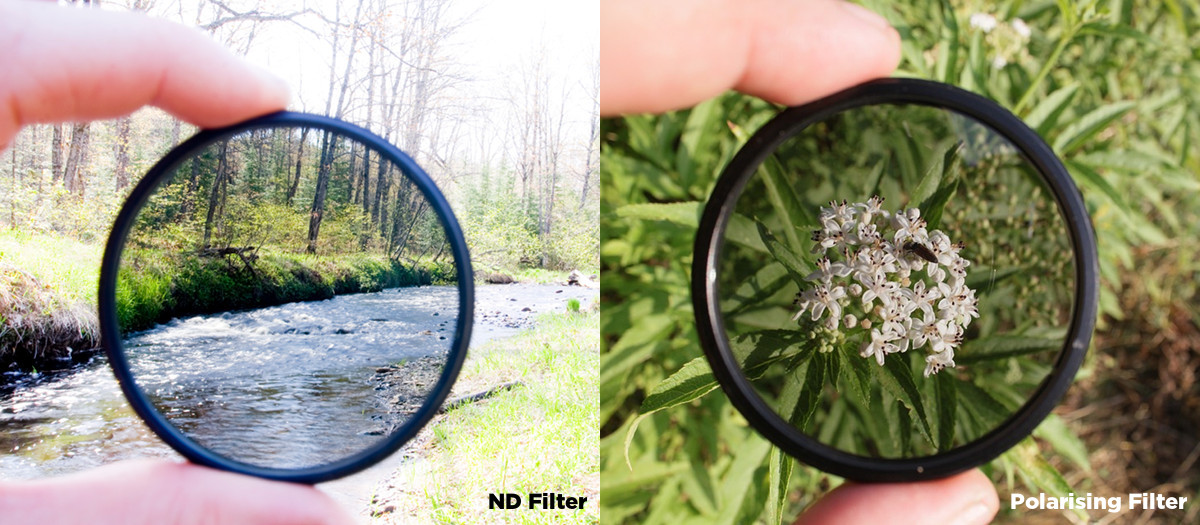Taking care of your camera – Part 5
You bought your lens. Now what?
Just like spectacle lenses, camera lenses are fragile and subject to scratches, dents, cracks and other kind of damages.
When buying your lens make sure you also buy a protective filter for it to serve as a shield. This filter will protect the lens against unpleasant experiences, thereby saving you a substantial repair bill, or worse – irreversible damage.
More than just protection.
Filters also help enhance images and give different effects to your final result. There are a number of different filters, the most popular being:
- Polarising filter
Helps you increase colour saturation and reduces glare. - Neutral density (ND) filter
Allows you to reduce your shutter speed much more effectively than the ambient light levels ordinarily allow. - Colour filter
You can use this to either cool down or warm up the colour temperature your photos.
In addition, a lens hood will also aid in protecting the lens
- Physical bumps to the lens can be avoided since the hood also serves as protection
- The lens hood can also be helpful in the case of accidents. We have had cases where the lens has been dropped, landed on the hood and the damage minimised.
A lens hood also helps reduce glare and improves the image by blocking strong sunlight.
A few final tips
- Never, ever leave your lenses without the lens front and rear caps on.
- Always have the lens cap on (when not in use of course!)
- Keep your lenses separate when they are in your camera bag. Use the dividers provided, or a lens bag.
- A small microfibre cloth is the perfect little thing to clean your lens (from the outside!). Leave any other cleaning to the pros!
My image is hazy! How can I fix it?
Another concern which some photographers have is lens condensation. But fret not as this can easily be controlled and even reversed. Condensation normally hits the lens and viewfinder when there is a dramatic change in temperature or humidity.
Let’s take a simple example. Say you are in your hotel room during a vacation. The temperature inside the room is kept cool thanks to the room’s airconditioning. You then go out in the street and the temperature and humidity levels change drastically to those in your hotel room. This will cause instant condensation and your lens and viewfinder are prone to producing a hazy image.
Follow these steps to sort out this issue, or better yet, avoid it completely.
- Allow your camera to naturally get used to the hotter environment.
- Let the equipment sit in the humid temperature for a while until condensation disappears.
- If you do not manage to get rid of all the condensation, try wiping away the remaining moisture with a soft cloth.
- Never place your equipment inside a closed plastic bag when transporting it between different temperatures. This will cause more condensation.

